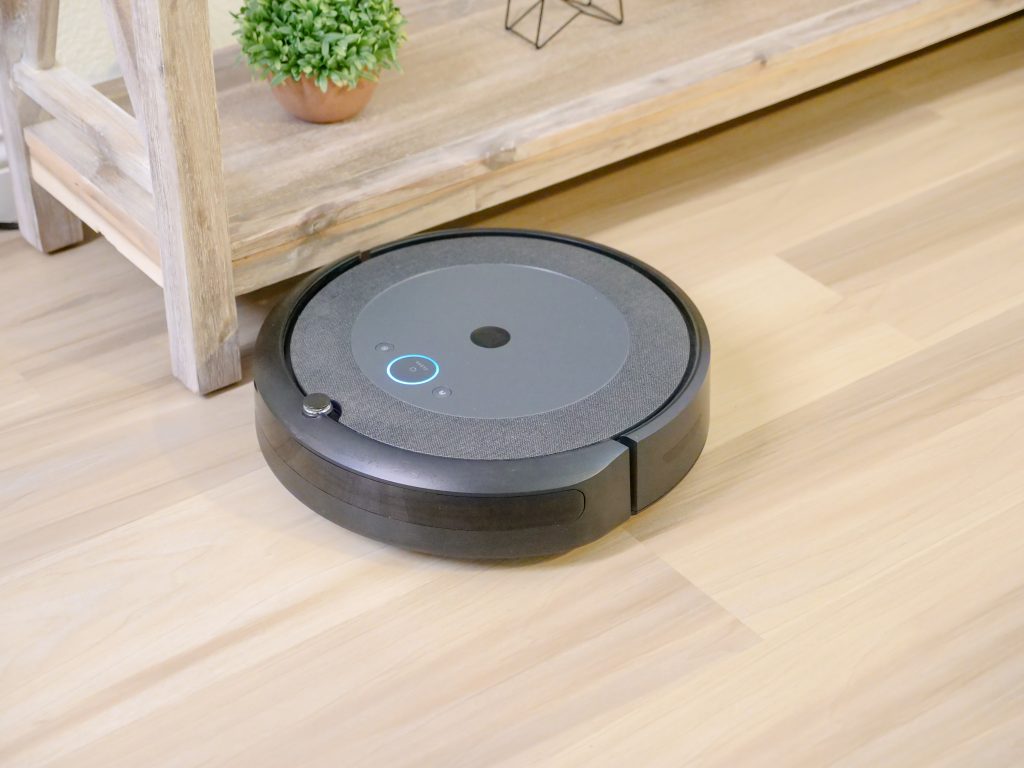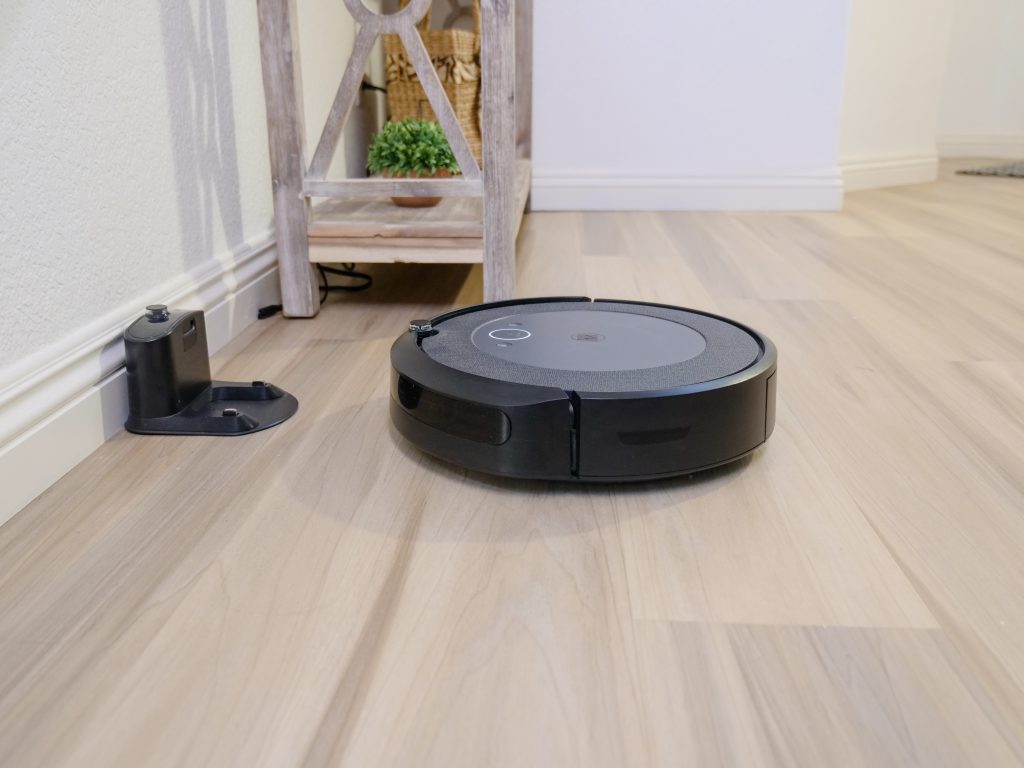Does Roomba remember room layout? There’s something oddly satisfying about watching a Roomba clean your floors. But have you ever wondered how it remembers your room layout? It turns out that there’s a lot of science behind Roomba’s memory!
Roomba was first introduced in 2002, and since then, it has become one of the most popular robot vacuum cleaners on the market. One of the reasons for its appeal is its ability to navigate a room without colliding with furniture or becoming stuck. But how does Roomba do it?
It turns out that Roomba uses a combination of sensors and algorithms to map out a room. The sensors help Roomba avoid obstacles, while the algorithms keep track of where it has been and where it needs to go.
Let’s take a closer look at how Roomba’s memory works.
The Roomba Series

Since its introduction, there have been several different Roomba models. The first-generation Roomba was relatively basic and used infrared sensors to detect obstacles.
➥Roomba 600 Series
The Roomba 600 series, introduced in 2005, was the first to use sonar sensors in addition to infrared sensors. These sensors helped Roomba avoid obstacles and better navigate around a room.
➥Roomba 800 Series
The Roomba 800 series, introduced in 2008, was the first to use GPS for navigation. It allowed Roomba to create a map of a room and better track its location.
➥Roomba 900 series
The Roomba 900 series, introduced in 2015, was the first to use visual sensors for navigation. These sensors allow Roomba to create a more detailed map of a room and avoid obstacles more effectively.
➥The i7+
The iRobot Roomba i7+, introduced in 2018, is the latest and most advanced Roomba model. It uses GPS, visual, and sonar sensors to create an accurate room map. The Roomba i7+ has a camera that lets it detect obstructions and furniture.
Roomba’s Memory: How Does It Work?
This little machine has made cleaning floors a breeze, but how does it work? Well, Roomba’s secret is its memory. Unlike traditional vacuums that rely on human operators to track where they’ve been, Roomba uses sensors and artificial intelligence to map out your home as it cleans.
When you first turn on a Roomba, it will spend a few minutes spinning around and mapping the room. However, the older version of Roomba (before the 900 series) would only map out a room once. So, if you moved furniture or added obstacles after the initial mapping run, Roomba wouldn’t be able to adapt.
On the other hand, the newer model of Roomba (900 series and up) can remap a room multiple times. It means that if you move furniture or add obstacles, Roomba will be able to adapt and create a new map.
Features That Help Roomba Remember

In addition to constantly updating its map of the room, Roomba also uses certain features to help it remember the floor plan of the room. These features include:
⚙️External Sensors
Roomba can maneuver around a home without becoming stuck, thanks to its array of sensors. The older models used infrared sensors, while the newer models used visual sensors, sonar sensors, and GPS.
There are three types of external sensors that help Roomba remember the layout of a room:
- Virtual walls: These are used to create an invisible barrier that Roomba cannot cross. It is helpful to keep Roomba out of a specific room or area.
- Lighthouses: These are used to create a virtual wall that Roomba can cross. It is helpful if you want Roomba to clean a specific area or room.
- Halos: This feature allows the Roomba vacuum to clean around objects and avoid bumping into them. It is beneficial for avoiding furniture and other obstacles in your home.
⚙️Recharge and Resume
If Roomba’s battery runs low, it will automatically return to its charging dock. Once it has recharged, it will resume cleaning from the last spot it left. This feature ensures that Roomba can keep track of its cleaning cycle and avoid re-cleaning previously cleaned areas.
⚙️Dirt Detect
The Roomba robot vacuum sensors can pick up dust, debris, and other particles. When Roomba’s dirt detectors are activated, it will clean the area more thoroughly. It helps Roomba keep track of the places that need more attention and clean them more regularly.
⚙️Cliff Detect Sensor
A Roomba’s built-in sensors will alert it when it’s getting close to an edge or other obstacles, like a stairwell or a cliff. It uses infrared light to detect changes in the height of the floor, which allows Roomba to know when it’s approaching a cliff.
Once the Roomba knows where the edges are, it can avoid them and clean the rest of your home effectively.
⚙️Infrared Sensor
Roomba vacuum cleaner uses an infrared sensor to detect obstacles in its path. The sensor is located on the front of the Roomba and emits an infrared light beam.
When the light hits an obstacle, it reflects on the sensor. The sensor then calculates the distance between the Roomba and the barrier.
Roomba’s iAdapt Navigation
The iAdapt Navigation system is what allows Roomba to clean your home effectively. It is a combination of sensors and algorithms that help Roomba navigate around your home and avoid obstacles.
The iAdapt Navigation system was first introduced in the Roomba 500 series. Since then, it has been continually updated and improved with each new generation of Roomba.
The iAdapt Navigation system allows Roomba to remember the layout of your home and adapt to changes in the environment. It is an essential feature that makes Roomba an effective cleaning robot.
Roomba’s vSLAM Technology
The vSLAM technology allows Roomba to create a map of your home. It stands for “visual simultaneous localization and mapping.”
This technology uses a combination of sensors, including an optical flow sensor and an IMU sensor, to track the Roomba’s movement. The Roomba’s camera also helps it identify obstacles and furniture.
The vSLAM technology was first introduced in the Roomba 900 series. It has been continually updated and improved with each new generation of Roomba.
Roomba’s Imprint Mapping Technology
The Roomba 980 and the Roomba i-Series use Imprint Mapping technology to map your home. The smart mapping system is an updated version of the vSLAM Technology introduced in the Roomba 900 series.
Imprint Mapping uses an onboard camera and sensors to create a map of your home. The camera takes pictures of the room as Roomba cleans, and the sensors keep track of Roomba’s location.
The resulting map is saved in Roomba’s internal storage. So, if you move furniture or add new obstacles, Roomba will update its map accordingly.
Imprint Mapping also allows Roomba to clean in specific patterns. For example, you can tell Roomba to clean in a spiral or zig-zag way.
Frequently Asked Questions
Q. Is Roomba capable of cleaning multiple rooms?
Yes, Roomba can clean multiple rooms if you have a suitable model. The Roomba 980 and the Roomba i-Series can clean multiple rooms.
Q. How long would it take for Roomba to clean a room?
It depends on the size of the room, the amount of dirt and debris present, and the model of the Roomba that you have. However, on average, it takes Roomba about one hour to clean a standard-sized room.
Q. Can Roomba clean under furniture?
Yes, most models of Roomba can clean under furniture. Roombas are equipped with sensors to detect obstacles in their path and navigate around them. It means they can easily clean under beds, sofas, and other pieces of furniture. In addition, Roombas have special side brushes that help to reach deep into corners and crevices.
Q. Can Roomba climb stairs?
No, Roomba cannot climb stairs. Roombas are equipped with sensors to avoid tripping over edges like stairs or edges. When the Roomba senses an edge, it will stop and change direction.
Q. Can I take my Roomba to a different room?
Yes, you can take your Roomba to a different floor or room. However, you will need to create a new map for that room. To do this, place the Roomba in the middle of the room and press the “clean” button. The Roomba will then create a new map of that room and start cleaning.
Q. Can I direct my Roomba to a specific area to clean?
Yes, you can direct your robot vacuum cleaner to a specific area to clean. For example, if you spill any liquid on the floor, you can tell your Roomba to clean that area. Using the “spot” button, position the Roomba in the center of the room. The Roomba will then do spot cleaning around itself.
Q. Does Roomba work on all types of floors?
Yes, the Roomba vacuum cleaner can work on all types of floors. It has sensors that allow it to detect different floor types and adjust its cleaning accordingly. For example, if Roomba is on a carpet, it will use a different cleaning pattern than a hardwood floor.
Final Words
As you can see, Roomba’s memory and mapping capabilities are pretty impressive. This technology allows Roomba to clean your home quickly and efficiently. So, if you’re searching for a robotic vacuum cleaner to keep your home clean, check out the Roomba!

